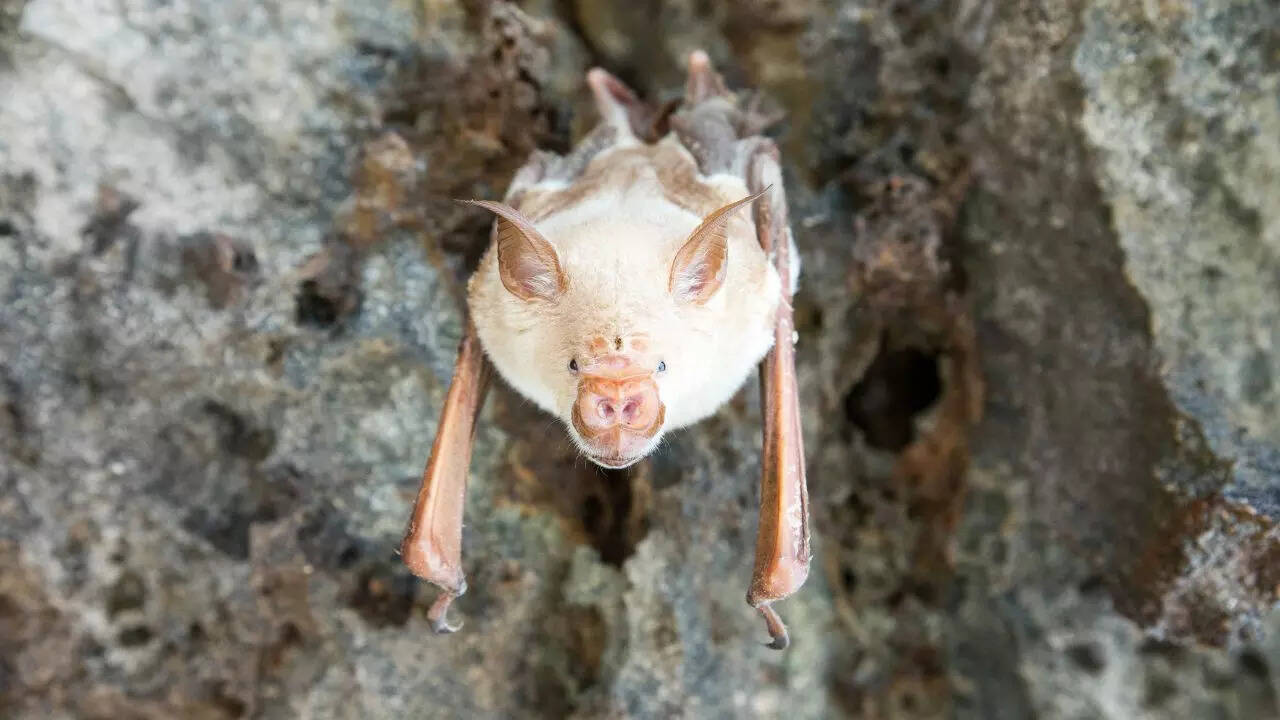ARTICLE AD BOX

They’ve long been the face of folklore fears– silent, shadowy, and supposedly out for blood. But the truth is, vampire bats are nothing like the creatures horror movies have imagined.
Quiet, social, and surprisingly intelligent, these small mammals are built for survival, not scare tactics.Here are a few facts about them that might just shift your perspective.They don’t suck blood– they just lick it

Forget the dramatic image of bats clinging to animals and draining them dry. That’s not how it works. What actually happens is much simpler. A bat makes a small incision using its sharp teeth, barely noticeable, and waits for the blood to surface.
Then it gently laps it up, much like a cat would with milk. Most animals don’t even flinch.Blood is their only mealUnlike most animals that can pick from a variety of foods, vampire bats survive on just one thing– blood. And they need it regularly. Going even 48 hours without feeding can put them at risk. Within colonies, it’s common to see one bat sharing blood with another that didn’t get a meal. It’s not out of kindness– it’s survival. The favour is usually returned later.

Their saliva stops blood from clottingOne reason the feeding goes unnoticed is because of a protein in the bat’s saliva– it prevents the blood from clotting quickly. That way, the flow continues without interruption. This protein, often referred to as Draculin, has caught the interest of medical researchers, particularly for its potential use in developing treatments for blood clots and stroke patients.They avoid humans when they canThough people tend to fear being bitten, vampire bats rarely go near humans.
Livestock– cows, pigs, horses– are much more accessible and less alert at night. Even when a human does get bitten, it often goes unnoticed at first. Still, any bite should be treated carefully, especially in regions where rabies is a concern.

They live in bonded groupsThese bats aren’t loners. They form social colonies, usually made up of female bats and their young. Within these groups, they groom one another, raise pups collectively, and form lasting relationships.
If one bat misses a meal, another may regurgitate some blood to share. It’s a survival tactic that benefits the group over time.Unlike other bats, they can runMost bats are awkward on the ground. Vampire bats, however, are an exception. They’ve developed a way to move using a sort of hopping motion, and they can run if needed– something most other bat species simply can’t do. This gives them an advantage when feeding or escaping quickly.



.png)
.png)
.png)
















 11 hours ago
4
11 hours ago
4









 English (US) ·
English (US) ·